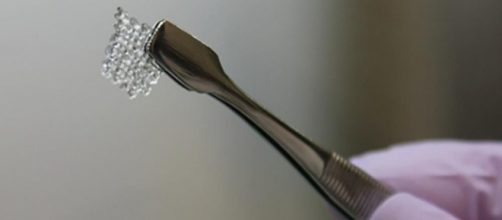Researchers this week have announced that they have discovered a new technique to grow ovaries using 3D Printing technology. The team of researchers published their findings in the scientific journal 'Nature Communications.' Also, a study has found that superbug Klebsiella pneumoniae is particularly widespread in the area around Houston, Texas.
3D printed ovaries and mice
The first step in the process was for the researchers to make a 3D printed biodegradable scaffold. This is to hold the cells in. It also safely breaks down inside the mouse's body when its use is up.
Next, the follicle cells of the mouse were placed inside the biodegradable scaffold. Follicle cells are the egg-producing cells that are naturally found in the ovaries. Researchers then surgically placed the 3D printed biodegradable scaffold inside the female mice. The new follicle cells allowed the mice that had these implants to be able to give birth to live young.
Everything about this technique has been done before, except the 3D printed biodegradable scaffolding, which is new. The follicle cells are better controlled and more stable inside of it.
This allowed them to survive better than during previous attempts with other methods. The team behind this are hopeful that with more work and time, this technique could one day be used to help women with infertility problems have kids.
The superbug in Houston
Klebsiella pneumoniae is a superbug that is resistant to many widely used antibiotics. This superbug naturally lives in human intestines and doesn't cause any problems. However, if it manages to get other parts of the body or even outside of it, then that is where it can cause serious contamination. K.pneumoniae can set off other major infections, like meningitis, pneumonia, bloodstream infections and urinary tract infections.
The results of the study were published in open access journal mBio and it studied the superbug's prevalence in the Houston Methodist hospital system. For the research, 1,700 strains of K.pneumoniae had their genomes sequenced. It was found that these strains infected patients in the Houston Methodist hospital system between September 2011 and May 2015.
The most common strain over that time was clone type 307, which infected more than one-third of patients in the study. Luckily, this strain is susceptible to some types of antibiotics. The study helped researchers learn more about how this superbug is spreading throughout the Houston area, but they are not yet sure why it is so prevalent.


